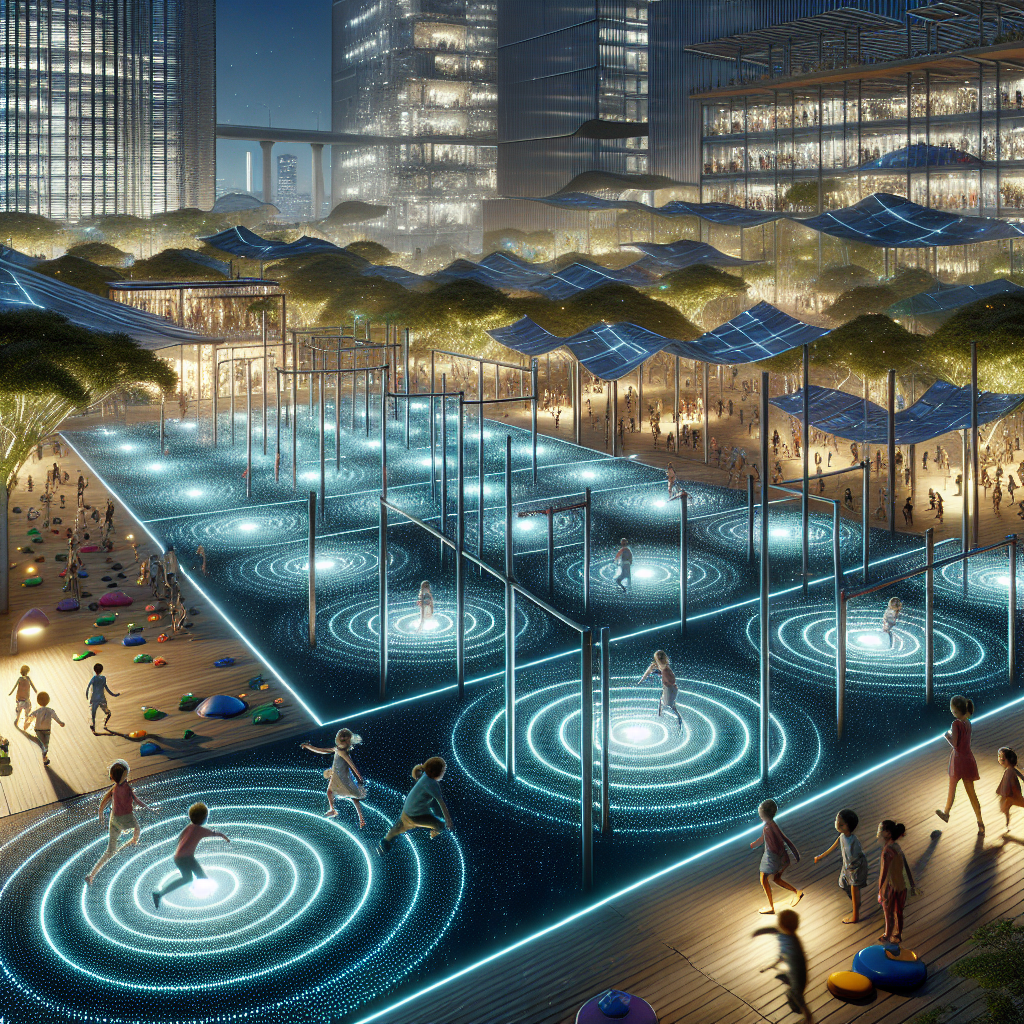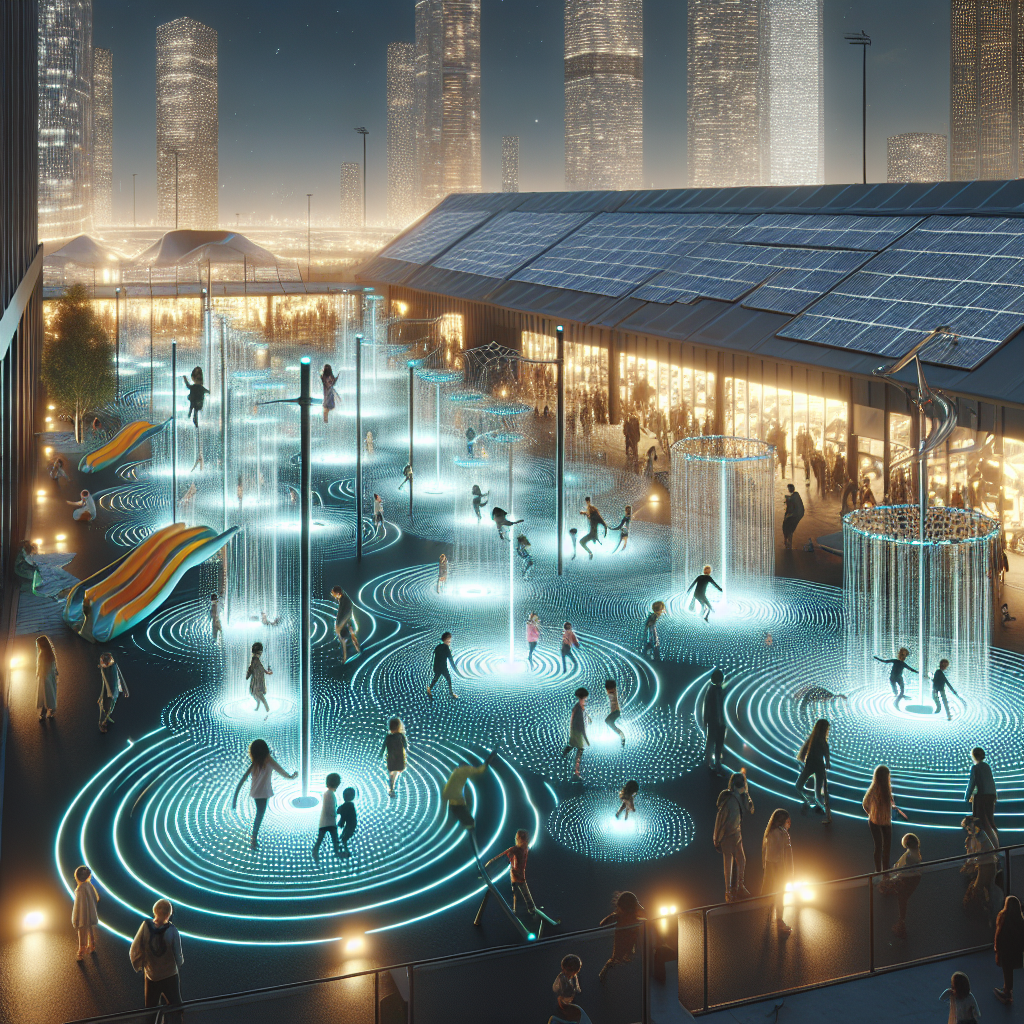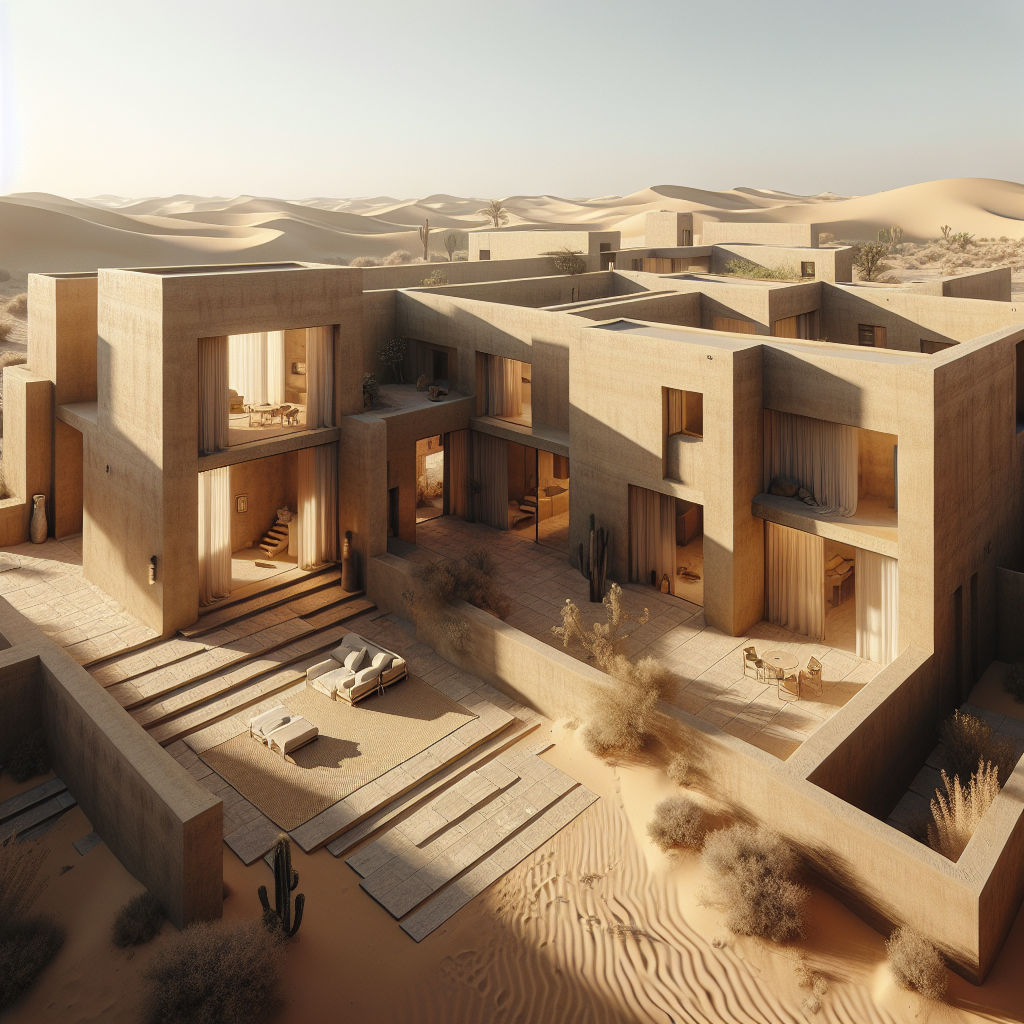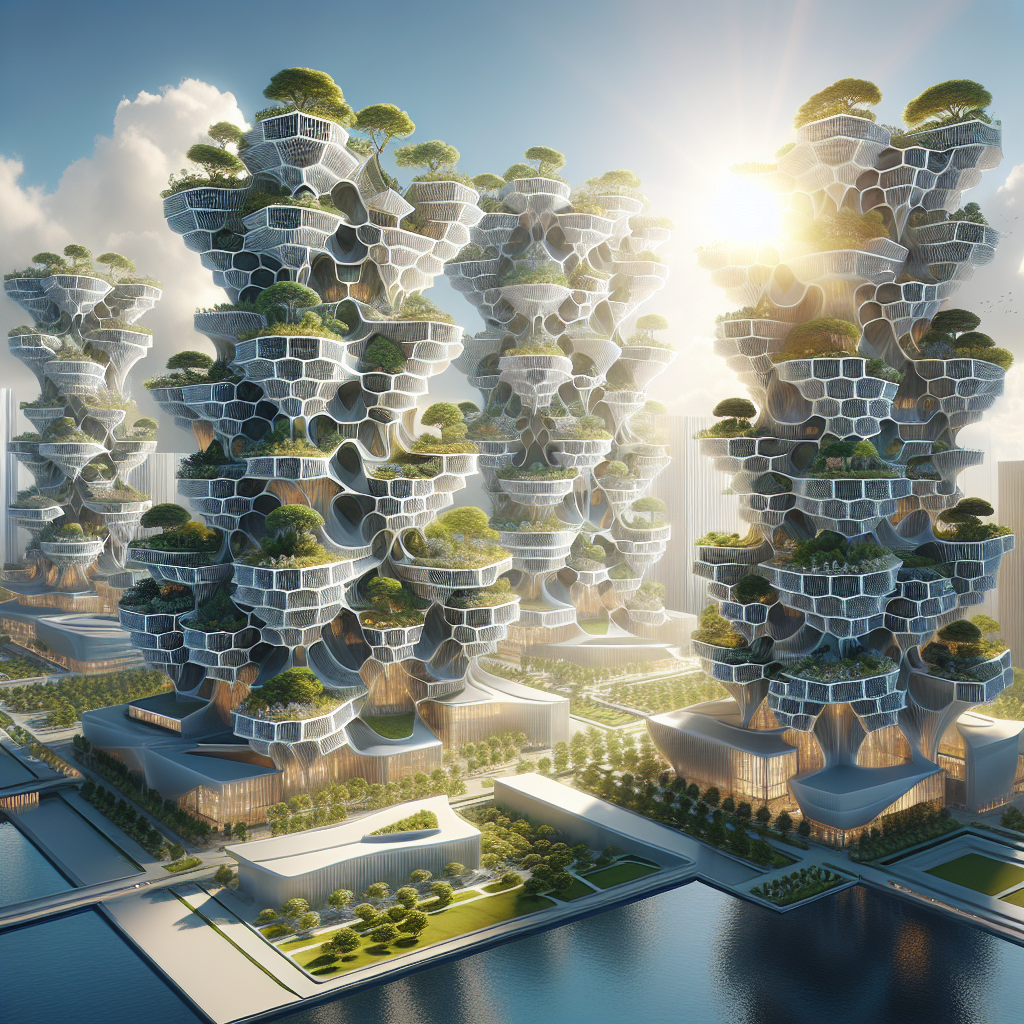Interactive playground architecture: sensor-based lighting responding to childrens motion
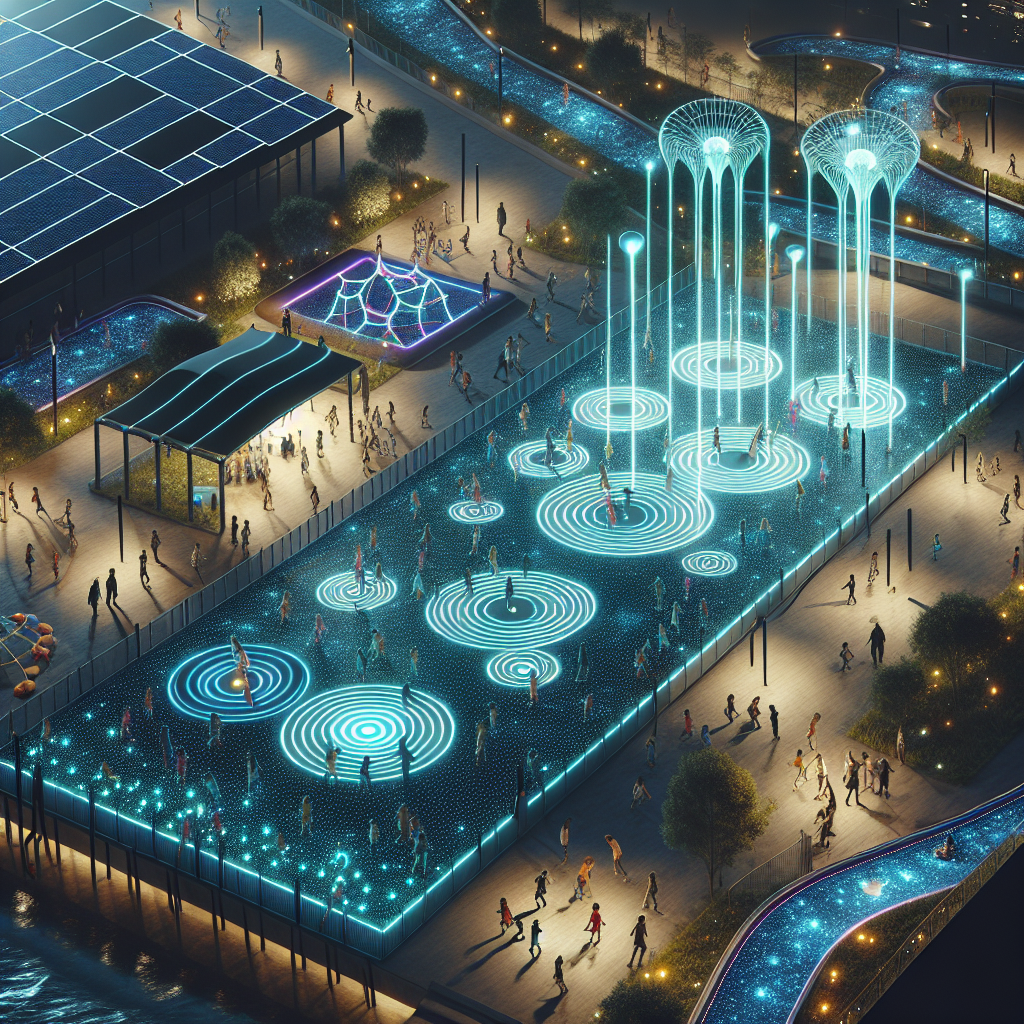
Interactive playgrounds are no longer simply about swings, slides, and sandpits. In the past decade, architects and designers have begun to reimagine these spaces as immersive environments where technology, design, and child development intersect. Among the most compelling innovations is the integration of sensor-based lighting systems that respond dynamically to children’s movements. These responsive playgrounds not only redefine play but also serve as experimental laboratories for the future of interactive architecture, where built environments adapt in real time to human presence.
The Rise of Interactive Playground Architecture
Playgrounds have historically mirrored broader architectural and cultural shifts. From the post-war era’s concrete climbing structures to the 1990s’ brightly colored plastic modules, each generation has reflected prevailing design ideologies. Today, the shift is toward responsive design—spaces that react, adapt, and evolve based on human interaction. This mirrors broader architectural trends in responsive environments and kinetic facades, where buildings themselves are no longer static but living systems.
Sensor-based lighting is a natural extension of this movement. By embedding motion sensors, accelerometers, and pressure-sensitive flooring into playgrounds, designers create environments where every step, jump, or spin triggers a cascade of light. These illuminated responses transform ordinary play into a performative act, where children become both participants and co-creators of the space.
Technology Meets Play: How Sensor-Based Lighting Works
At the core of these playgrounds are motion-detection systems—technologies long used in fields ranging from security to smart homes. When integrated into play environments, they are paired with programmable LED arrays capable of producing millions of colors and patterns. The result is a responsive canvas: a climbing wall that glows with each grip, a pathway that lights up like a trail of fireflies, or a trampoline that bursts into concentric rings of light with every bounce.
This interplay between movement and illumination not only delights children but also fosters cognitive and motor development. Studies in environmental psychology suggest that responsive environments enhance spatial awareness, encourage physical activity, and stimulate creativity. By embedding feedback loops into play, children learn that their actions have immediate, visible consequences—an early lesson in cause and effect.
Designing for Engagement and Inclusivity
The most successful interactive playgrounds are not just technologically advanced; they are also human-centric. Architects must consider how lighting can guide circulation, encourage collaboration, and create inclusive experiences. For example, a pathway that lights up in response to footsteps can help children with sensory sensitivities feel more grounded, while color-coded lighting zones can assist neurodiverse children in navigating space more comfortably.
This aligns with broader conversations in inclusive playground design, where the goal is to create environments that welcome children of all abilities. Sensor-based lighting, when thoughtfully applied, can reduce barriers to play by offering multiple modes of engagement—visual, tactile, and kinesthetic.
Case Studies: Illuminating Playgrounds Around the World
Several pioneering projects illustrate the potential of this design language. In Copenhagen, the “Superkilen” urban park integrates interactive lighting strips along pathways, turning evening strolls into luminous journeys. In Singapore, designers have experimented with LED-lit climbing structures that respond to grip strength, creating a gamified climbing experience. Meanwhile, in New York, temporary installations during design festivals have showcased playgrounds where swings trigger cascading light shows across adjacent surfaces.
These projects demonstrate that sensor-based lighting is not merely decorative but a tool for storytelling. Each interaction generates a narrative of movement, transforming the playground into a stage where children choreograph their own performances.
The Sustainability Dimension
Critics often question the energy implications of such lighting systems. Yet advances in LED technology and solar integration have made these installations remarkably efficient. Many interactive playgrounds now incorporate photovoltaic panels that store energy during the day, powering the lighting at night. This approach aligns with the broader movement toward green architecture, where technology and sustainability are not at odds but symbiotic.
Moreover, sensor-based systems are inherently energy-conscious. Unlike static lighting, which consumes power continuously, responsive lighting activates only when triggered by movement, ensuring minimal waste.
Psychological and Social Impact
The emotional resonance of light should not be underestimated. As research in light psychology indicates, illumination profoundly affects mood, perception, and behavior. In playgrounds, light becomes a medium of communication—encouraging children to chase glowing trails, collaborate to unlock collective patterns, or simply marvel at the ephemeral beauty of their own movement made visible.
On a social level, these environments foster collaboration. A single child’s movement may trigger a small effect, but when multiple children interact simultaneously, the playground erupts into a symphony of light. This encourages teamwork, shared discovery, and a sense of community—qualities increasingly valued in contemporary urban design.
Future Directions: Beyond Playgrounds
While playgrounds serve as the testing ground, the implications of sensor-based lighting extend far beyond. Architects are already exploring its application in public plazas, museums, and retail environments. Imagine a city square where pedestrian flows generate rippling light patterns, or a gallery where visitors’ gestures animate the walls. These ideas echo the growing field of interactive installations, where art, architecture, and technology converge.
As cities grapple with the challenges of density, safety, and social cohesion, responsive lighting may become a key tool in shaping more engaging, human-centered urban landscapes. It transforms passive spaces into active participants in civic life.
A New Paradigm for Play and Design
Interactive playground architecture, with its fusion of sensor-based lighting and child-centered design, represents more than a passing trend. It signals a paradigm shift in how we conceive of public space. No longer static, playgrounds are becoming dynamic ecosystems—part performance, part laboratory, part sanctuary. They invite children to see themselves not just as users of space but as co-authors of its narrative.
For architects and designers, the challenge lies in balancing technological sophistication with human warmth, ensuring that these luminous landscapes remain places of joy, discovery, and connection. As the boundaries between play, art, and architecture continue to blur, one thing is clear: the future of design is not only about what we build, but how our creations respond to us in return.

